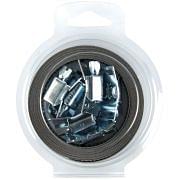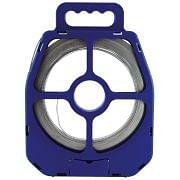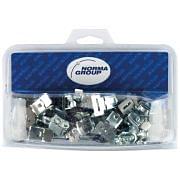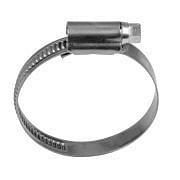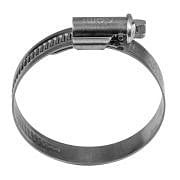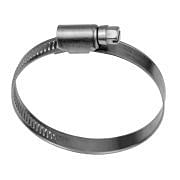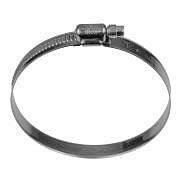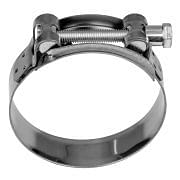Riveters
Riveting machines are essential tools in machine shops, used to join two or more pieces of material through the use of rivets. These tools are essential to ensure strong and durable connections that are resistant to vibration and mechanical stress. Riveting machines, also known as rivet guns or riveting machines, are available in several variants, including pneumatic, electric, manual and battery-operated riveting machines, each with specific characteristics that determine their use in different contexts.
Advantages of riveting machines
- Efficiency and Speed: Riveting machines allow fast and accurate fastening operations, reducing processing time and increasing productivity.
- Versatility: They can be used with a wide range of materials, such as metals, plastics and composites, making them suitable for multiple industrial applications.
- Durability of the joint: Rivets create strong, durable connections capable of withstanding high loads and harsh operating conditions.
- Reliability: The use of riveting machines ensures consistent and uniform joints, reducing the risk of manual errors.
- Ease of Use: Many riveting machines are ergonomic and easy to handle, reducing operator fatigue.
Features of riveting machines:
- Manual riveting machines: Ideal for light and occasional applications, they are portable and require no power supply.
- Pneumatic riveting machines: Using compressed air to operate, they are suitable for medium to heavy duty applications, providing constant speed and power.
- Electric riveting machines: Powered by electricity, they offer a practical solution for frequent and prolonged riveting operations, with less vibration than pneumatic versions.
- Battery powered riveting machines: They offer maximum mobility and flexibility, being independent of cables or air hoses, ideal for work in confined spaces or on construction sites.
In machine shops, the use of riveting machines is indispensable for assembling frames, metal structures, panels and other components. The choice of the most suitable riveting machine depends on the specific requirements of the application, considering the type of material to be joined, the frequency of use and the operating conditions.
To maximise the efficiency and quality of the joint, it is important to select suitable rivets and to keep the riveting machine in perfect working condition through regular maintenance. In conclusion, riveting machines are a versatile and indispensable tool in any machine shop, guaranteeing robust and reliable connections that are essential for the production of high quality products.



